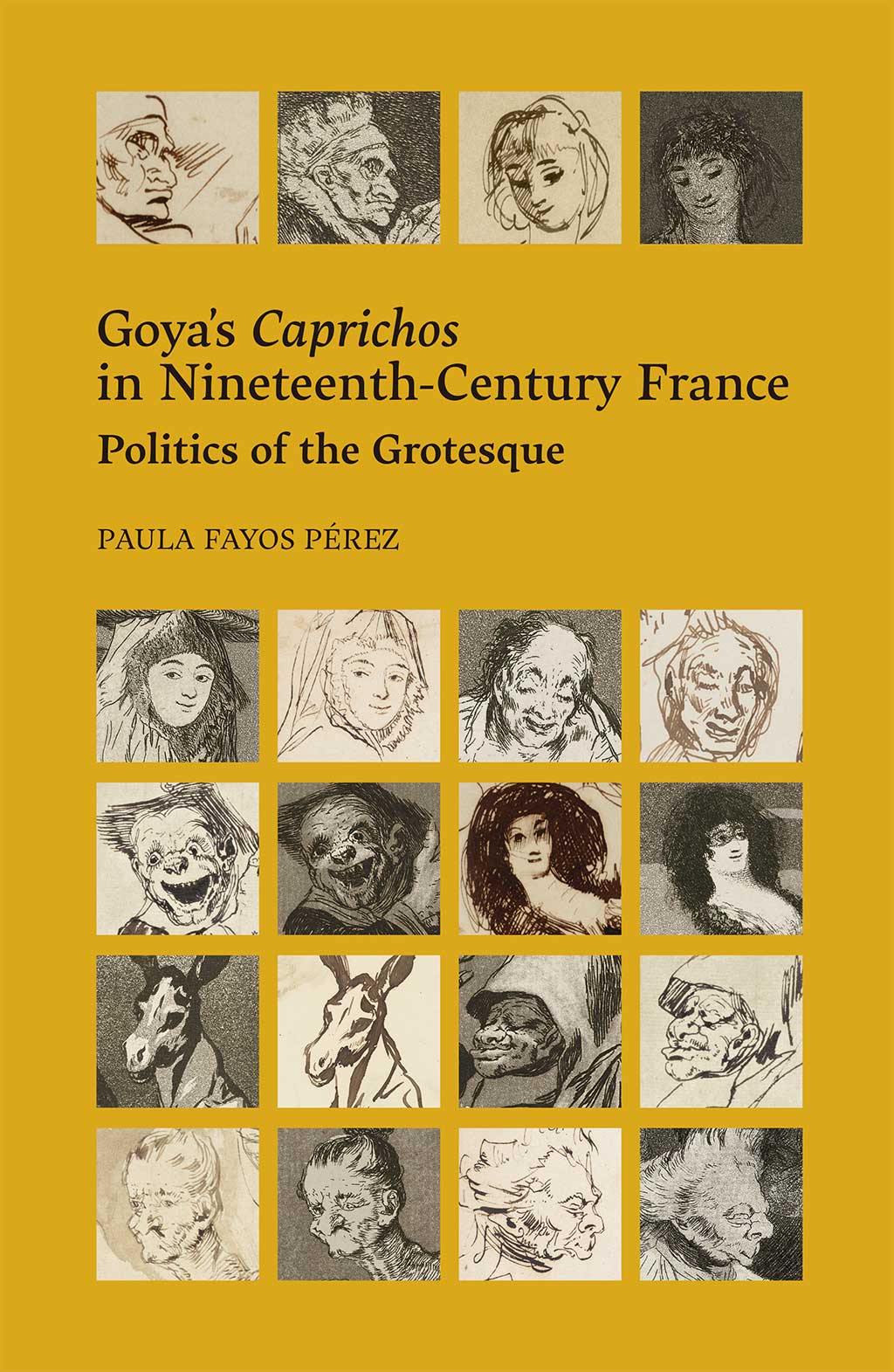Author
Paula Fayos Pérez
Characteristics
544 pages; 498 colour illustrations; hardcover; 17.5 × 27 cm
Publication
English; 2024
ISBN
978-84-18760-20-4
Price
€56,74
Buy on our site and save 5% on this book until April 30
(coupon code: DÍA DEL LIBRO)
The impact of Goya’s oeuvre and particularly of the Caprichos (1799) on nineteenth-century French art was immense, long lasting and multifaceted. Whereas in Spain Goya was associated with the work he produced as court painter, in France he became known as the author of the Caprichos, interpreted by the Romantics as a lampoon of late eighteenth-century Spain. This vision overlooked the fact that the true modernity of Goya’s work lies in its universalism, as a mirror reflecting the essence of humankind, unfettered by patriotism—this is also true of his monsters and witches, which are nothing more than the deformed reflection of humans. It could be argued that this was a two-way influence: Goya contributed to shape French Romantic art—and thus the beginning of modern art—and the Romantics in turn modelled his critical image. This study challenges the established interpretation of the Spanish artist that has dominated the scholarship until recently, based on Romantic stereotypes, many of which have been perpetuated to this day.
Goya became known in the French market—the main receptor of his work—through his graphic oeuvre. This was promoted by artists, critics and collectors such as Charles Yriarte, Paul Lefort and Eugène Piot, most of them in association with the Spanish artist and dealer Valentín Carderera. Goya’s influence can be divided into two broad categories: aesthetics and politics. On the one hand, artists of the Romantisme noir—focusing on the taste for the grotesque and the literary vision of Spain—saw Goya as the last representative of the Spanish School. On the other, the political impact of his work can be appreciated in the satirical prints produced by artists such as Honoré Daumier and J. J. Grandville, who held him to be a politically engaged caricaturist who fought against censorship and mocked the aristocracy and the clergy. The case of Eugène Delacroix offers the richest example of Goya’s impact on nineteenth-century French art, here backed up by a catalogue of forty of his copies after the Caprichos, some of them hitherto unpublished.
Paula Fayos Pérez received a PhD in History of Art from the University of Cambridge in 2019 with a dissertation on the influence of Goya on nineteenth-century French art and literature. She worked as a researcher in the Duke of Wellington’s private collection at Apsley House (London) and Stratfield Saye House (Hampshire). Before receiving a ‘Leonardo’ scholarship from the BBVA Foundation she held a ‘Margarita Salas’ postdoctoral fellowship to teach and conduct research at the Universities of Strasbourg and Madrid (Complutense). In 2023 she organised the international seminar Goya: grotesco / coleccionismo. She has written articles for The Burlington Magazine (2019, 2020), Boletín del Museo del Prado (2022) and Print Quarterly (2023).

